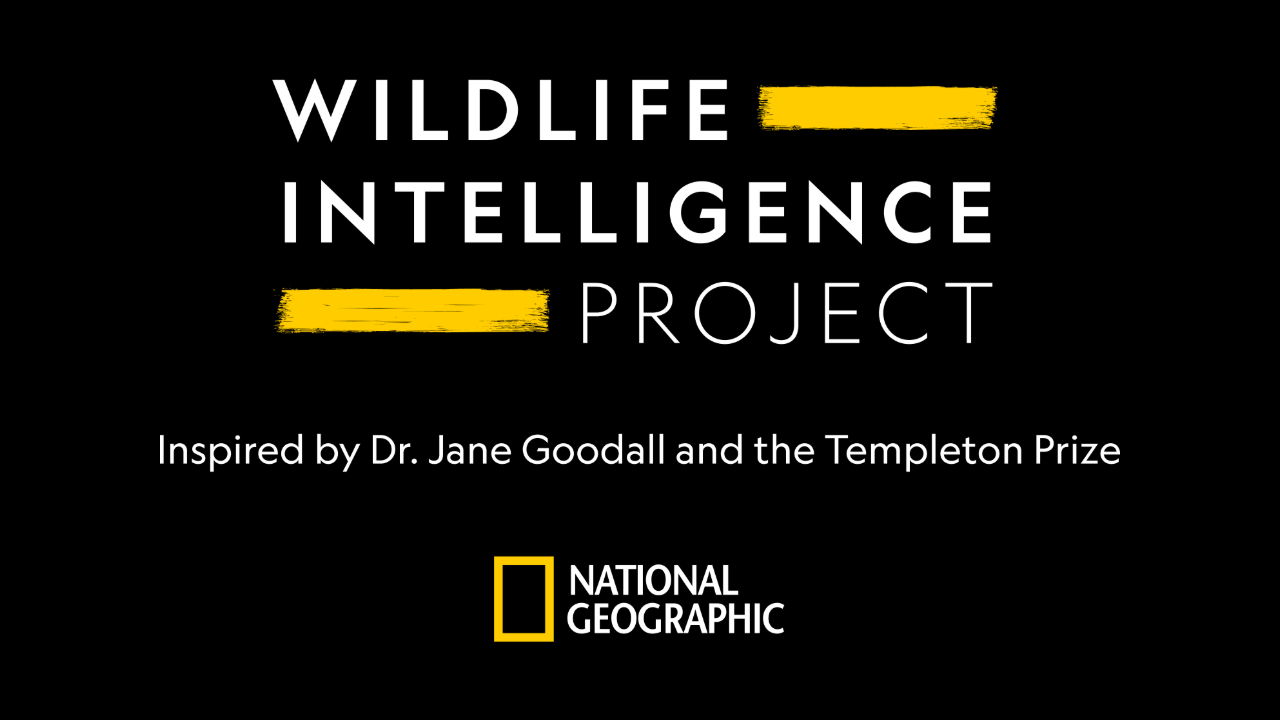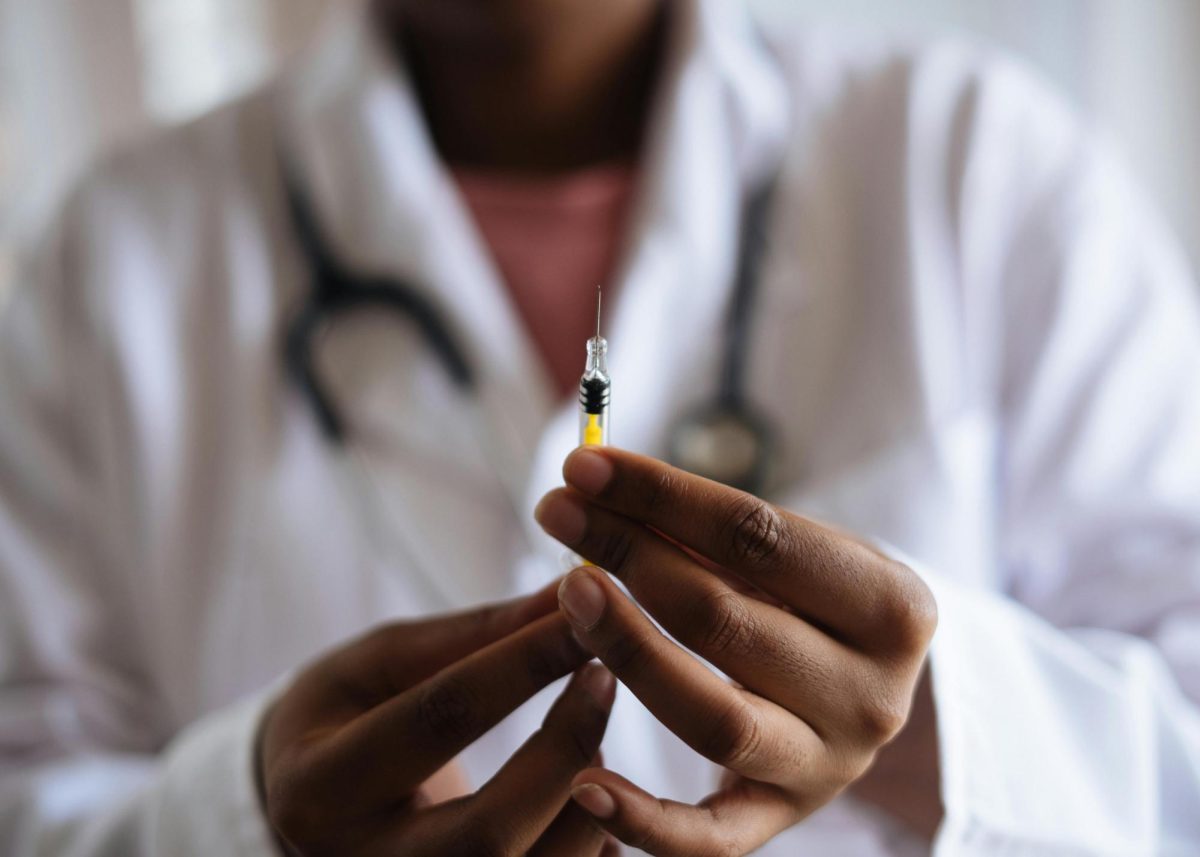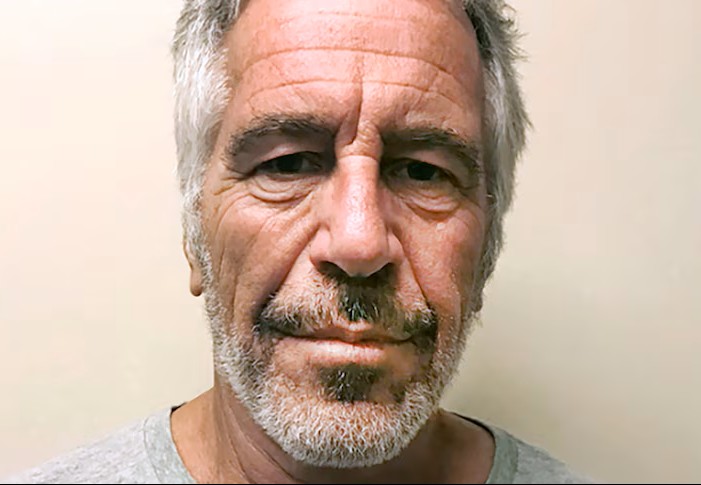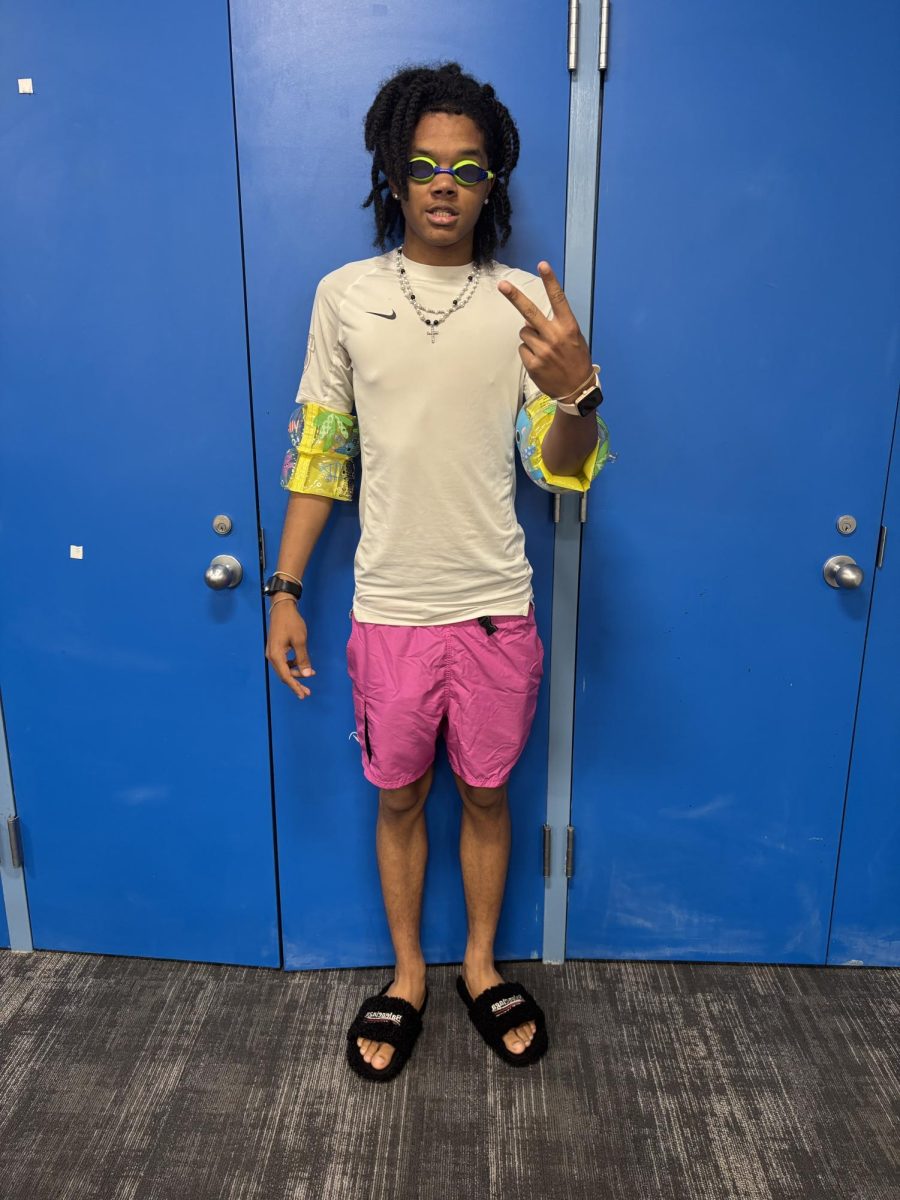National Geographic has recently launched the Wildlife Intelligence Project, a project that is going to follow three national geographic explorers as they learn more about the intelligence of animals to further the connection between animals and humans.
According to National Geographic, Ian Miller, a Chief Scientist, and Innovation Officer at National Geographic Society says, “We are proud to launch the Wildlife Intelligence Project and to support and empower the next generation of scientists committed to furthering Dr. Goodall’s legacy of inspiring people to take action to protect the wonder of our world.”
Three dedicated scientists are leading the charge:
Dr. Mauricio Cantor, a Brazilian biologist and assistant professor at Oregon State University, is exploring the unique collaboration between dolphins and fishers, uncovering how their environment influences this partnership. Cantor is going to examine specific ecological conditions and determine which has contributed to the evolution of human-dolphin cooperation.
Tiago Falótico is a Brazilian primatologist and ethologist who studies the behavior and social learning of wild primates and will focus on wild capuchin monkeys in Brazil’s Serra da Capivara and Ubajara National Parks. He will compare the behavior between different sexes and groups of capuchin monkeys to help build a better understanding of primate intelligence, cultural behavior, and human evolution.
Dr. Felicity Muth, the head of the Muth Lab and assistant professor in the Department of neurobiology, physiology, and behavior at the University of California Davis is studying the ecology that shapes the behavior of wild bees. She will work with wild bees from California and Nevada to discover how the bees use their environment for learning and making decisions for their colony.
Inspired by the pioneering work of Dr. Jane Goodall, this project aims to revolutionize our understanding of animals. By unlocking the secrets of animal intelligence, we can gain a deeper appreciation for their world and transform how we interact with them.








